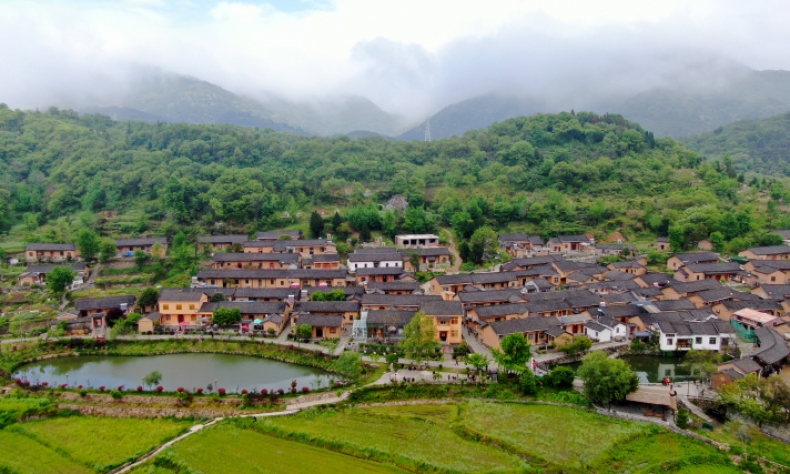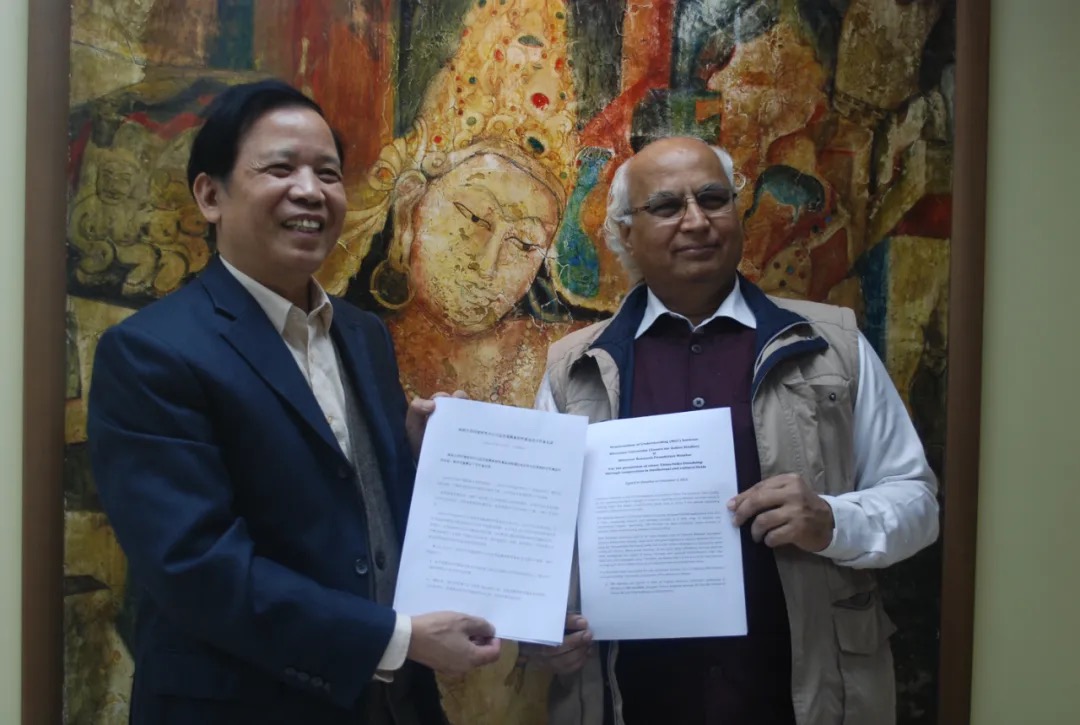China in the Eyes of an Indian Politician

The methods China adopted to eliminate poverty offer some important lessons for India, despite the political and governance conditions in our two countries being vastly different.
This year marks the 100th anniversary of the founding of the Communist Party of China (CPC). At a grand ceremony celebrating the centenary of the CPC at Tian’anmen Square in Beijing on July 1, Chinese President Xi Jinping, also general secretary of the CPC Central Committee, delivered an important speech. The occasion represented a glorious milestone in the Party’s history, especially considering China’s success accomplishing the first centenary goal of building a moderately prosperous society in all respects and eradicating absolute poverty while advancing toward the second centenary goal on its new journey to becoming a modern socialist country.
The ceremony marking the centenary of the CPC not only inspired 1.4 billion Chinese people, but also created a sensation in the international community. Politicians, party leaders, and government officials from myriad countries sent congratulatory messages to the CPC. The wishes from Sudheendra Kulkarni, a famous Indian politician and founder of the Forum for a New South Asia, impressed me in particular. As chairman of the Observer Research Foundation Mumbai, he has long been committed to promoting China-India friendship and conducting in-depth research on China’s culture and history, especially modern history. This commitment has been fueled by both his insight into the histories of both countries and also his sincere loyalty and love for his own country.

Kulkarni has argued that India should learn from China’s experience in targeted poverty alleviation. “Since the late 1970s, China has liberated 800 million people from poverty,” he wrote in an article in the Indian newspaper The Wire. “To understand how poor China was at that time, consider this: China’s per capita GDP, just over US$200, was comparable to India’s in 1980. Today, at US$10,000, it is five times bigger. Indeed, the World Bank has acknowledged that China is responsible for over 70 percent of the global reduction in poverty over the last four decades. No other country has been able to lift so many people out of poverty in such a short time.”
“The methods China adopted to eliminate poverty offer some important lessons for India, despite the political and governance conditions in our two countries being vastly different,” he added.
“Any unprejudiced observer of the developments in China and those who had visited Chinese cities and villages would agree that our neighbor has achieved something important not only for itself but also for the entire humanity,” the essay declared.
“Clearly, we Indians should hail China’s success. And we should learn lessons that are suitable to us in our own battle against poverty, which began with Indira Gandhi’s ‘Garibi Hatao’ slogan in 1971 and has still not been fully realized in 2021.”
Kulkarni writes so insightfully thanks to deep understanding of China and love for his own country but also due to his passion for advocating cultural exchange.
Yu Longyu is director and professor at the Centre for Indian Studies at Shenzhen University, and Huang Rong is its assistant director and a lecturer.
 Facebook
Facebook
 Twitter
Twitter
 Linkedin
Linkedin
 Google +
Google +










